Introduction to Psychedelic Art
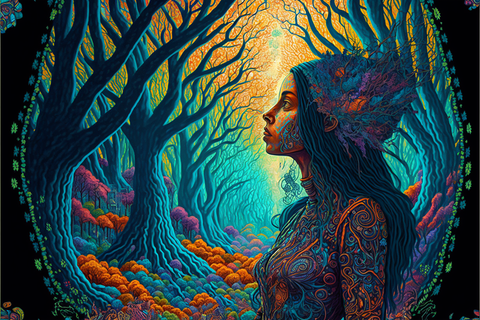
Psychedelic art has long been associated with the exploration of the mind and the expansion of consciousness. It is a visual representation of the psychedelic experience, often characterized by vibrant colors, intricate patterns, and surreal imagery. In this article, we will take a deep dive into the world of psychedelic art, exploring its history, themes, techniques, and the impact it has had on popular culture and contemporary art.
The History of Psychedelic Art
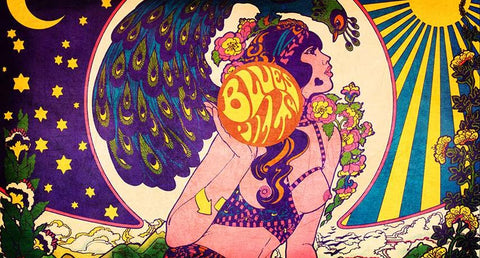
Psychedelic art has its roots in the counterculture movement of the 1960s, a time of cultural and social revolution. Influenced by the use of psychedelic substances such as LSD, artists began to experiment with new ways of seeing and representing reality. The vibrant and hallucinatory experiences induced by these substances found their way onto the canvas, resulting in a new form of art that aimed to capture the transcendental nature of the psychedelic experience.
Characteristics and Themes of Psychedelic Art
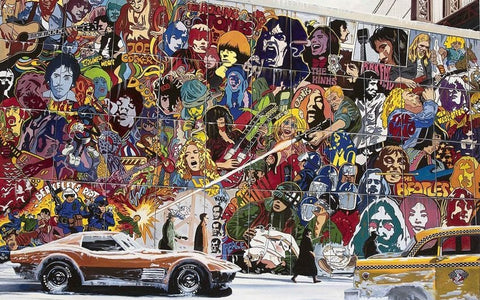
Psychedelic art is characterized by its vivid colors, intricate patterns, and surreal imagery. It often depicts distorted or abstracted forms, merging different elements of reality and fantasy. The themes explored in psychedelic art range from the exploration of inner consciousness to the interconnectedness of all things in the universe. It is a visual representation of the mind's eye, a glimpse into the depths of the subconscious.
Famous Psychedelic Artists and Their Works

Several artists have made significant contributions to the world of psychedelic art. One such artist is Alex Grey, known for his intricate and detailed paintings that explore the nature of consciousness and spirituality. His work often depicts the human body in a transparent state, revealing the interconnectedness of the physical and spiritual realms.

Another prominent figure in psychedelic art is Salvador Dali, whose surrealist paintings often incorporated psychedelic elements. His iconic painting "The Persistence of Memory" is a prime example of his exploration of the subconscious mind and the fluidity of time.
Techniques Used in Creating Psychedelic Art
Psychedelic art encompasses a wide range of techniques, each aimed at capturing the essence of the psychedelic experience. One such technique is the use of vibrant colors and contrasting hues to create a sense of visual intensity. Artists often employ intricate patterns and repetitive motifs to induce a sense of visual rhythm and movement. The use of optical illusions, such as moiré patterns, further enhances the psychedelic effect.
Exploring the Different Mediums in Psychedelic Art

Psychedelic art can be expressed through various mediums, including paintings, drawings, illustrations, and prints. Each medium offers its own unique set of possibilities for artists to explore. Paintings allow for the layering of colors and textures, creating a multi-dimensional experience. Drawings and illustrations can capture intricate details and allow for a more intimate exploration of the subconscious. Prints offer a way to reproduce and share psychedelic art on a larger scale.
How to Create Your Own Psychedelic Art - Tips and Techniques

Creating your own psychedelic art can be a deeply personal and transformative experience. Here are a few tips and techniques to get you started:
Experiment with colors: Choose vibrant and contrasting colors to create a visually intense experience. Play with different color combinations and explore their effects on the overall composition.
Embrace abstraction: Don't be afraid to let go of representational forms and embrace abstraction. Allow your subconscious mind to guide your brush strokes and create intuitive shapes and patterns.
Explore different techniques: Try different techniques, such as dripping, splattering, or layering, to create interesting textures and visual effects. Experiment with different tools and materials to discover new ways of expressing yourself.
Psychedelic Art in the 60s and Its Influence on Popular Culture
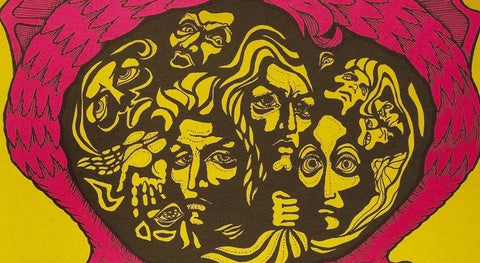
The 1960s marked a pivotal moment in the history of psychedelic art. It was a time of social and cultural upheaval, and psychedelic art became a visual representation of the counterculture movement. Album covers, posters, and light shows became platforms for psychedelic art to flourish. The influence of psychedelic art on popular culture can still be seen today, from fashion to music and beyond.
The Impact of Psychedelic Art on Contemporary Art and Design
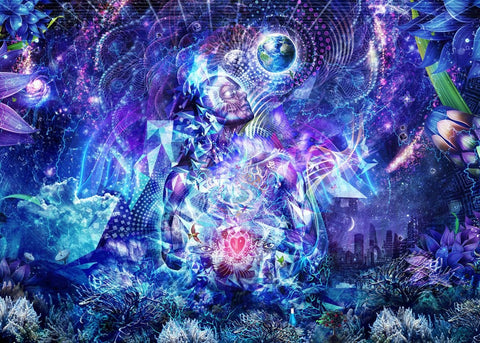
Psychedelic art continues to be a source of inspiration for contemporary artists and designers. Its influence can be seen in various art movements, from abstract expressionism to pop art. The use of vibrant colors, intricate patterns, and surreal imagery has become a staple in contemporary art and design. Psychedelic art has opened the doors to new possibilities of visual expression and continues to push the boundaries of creativity.
Where to Find and Buy Psychedelic Art - Online Platforms and Galleries

If you're looking to add a touch of psychedelic art to your collection, there are various online platforms and galleries where you can find and buy original pieces. Websites such as Artchi and Etsy offer a wide selection of psychedelic artwork, ranging from paintings to prints. Local galleries and art fairs are also great places to discover emerging psychedelic artists.
Conclusion
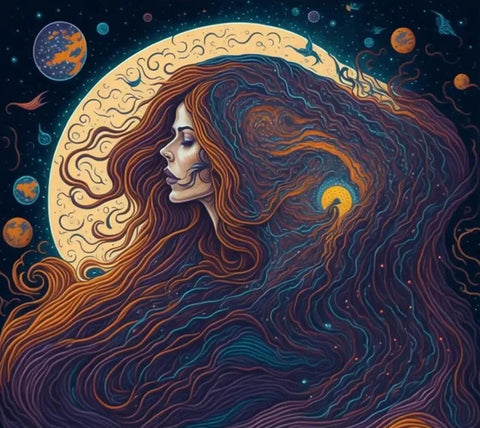
Psychedelic art is a journey into the mind's eye, a visual exploration of the subconscious and the transcendental nature of the psychedelic experience. It has a rich history, with artists pushing the boundaries of creativity and challenging societal norms. From its origins in the counterculture movement of the 1960s to its continued influence on contemporary art and design, psychedelic art remains a powerful form of expression.
So, why not embark on your own journey into the mind's eye? Explore the vibrant colors, intricate patterns, and surreal imagery of psychedelic art, and let your creativity and transcendence take flight.

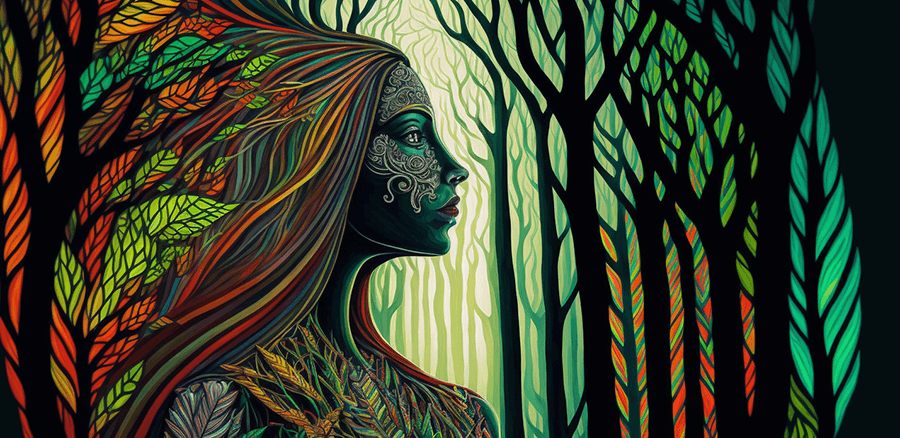
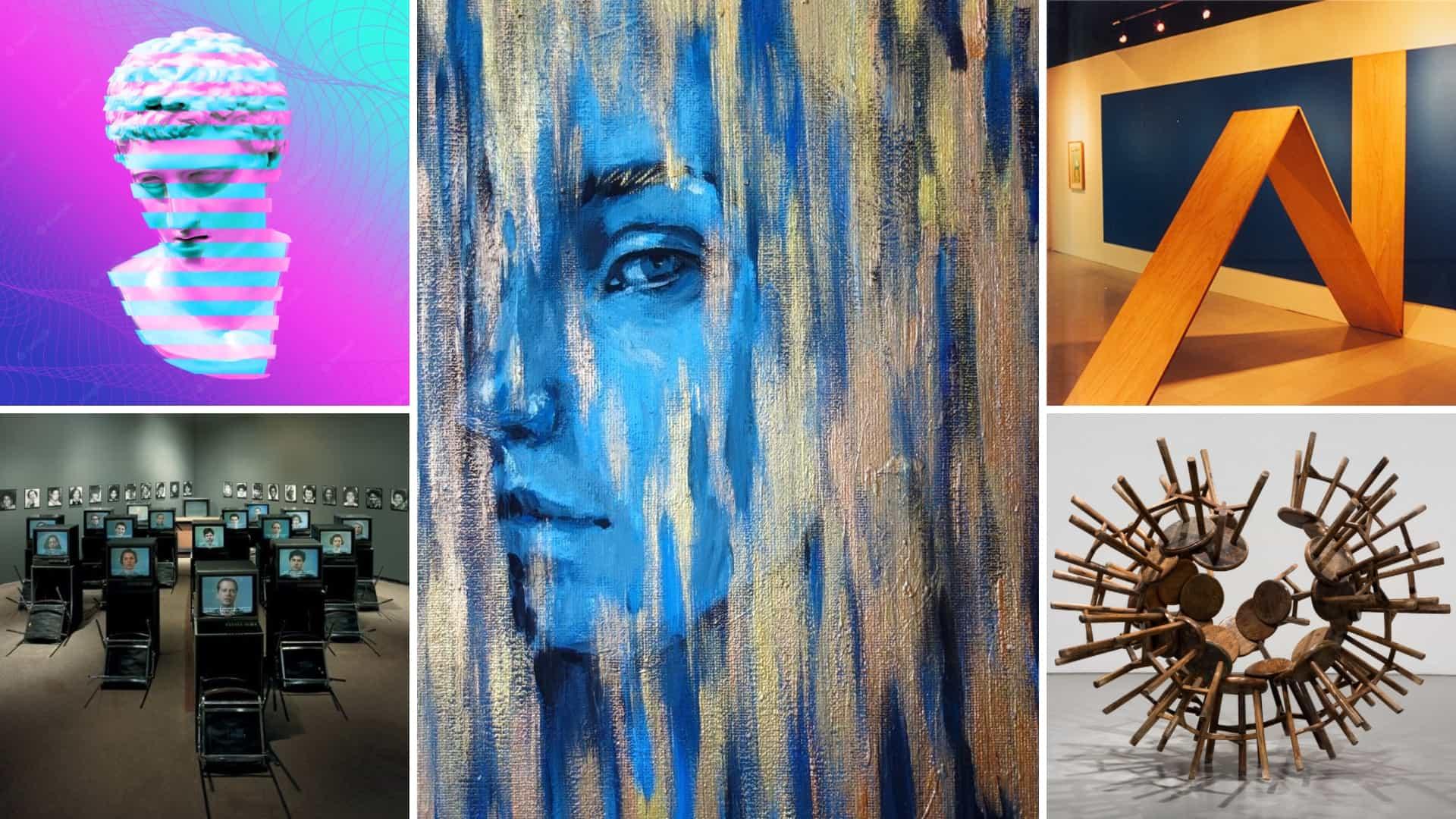
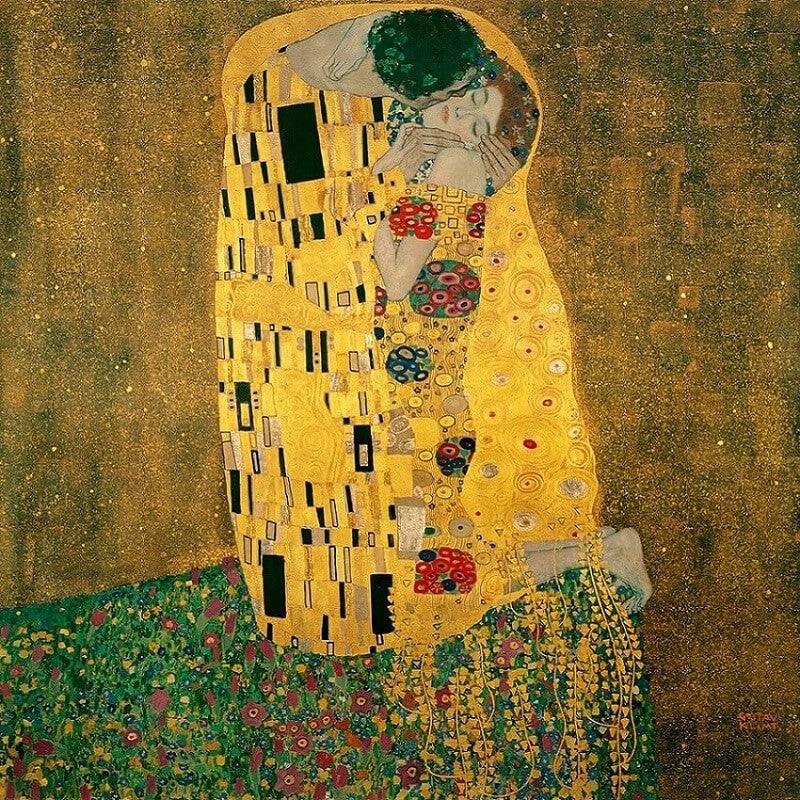



Leave a comment
All comments are moderated before being published.
This site is protected by hCaptcha and the hCaptcha Privacy Policy and Terms of Service apply.